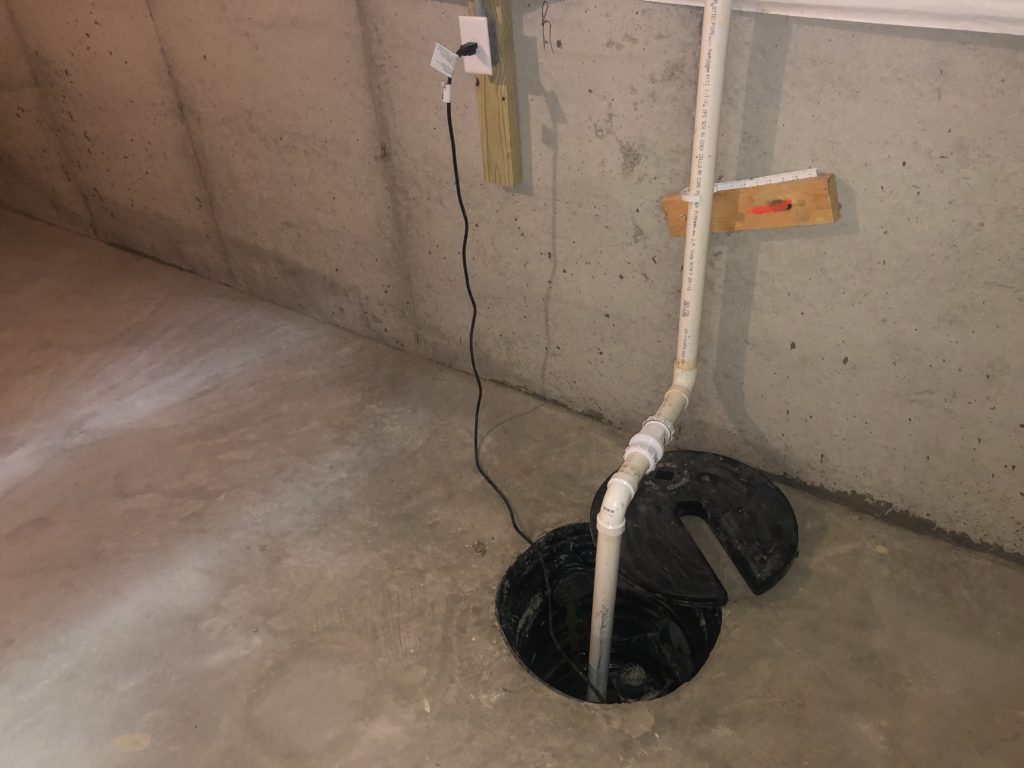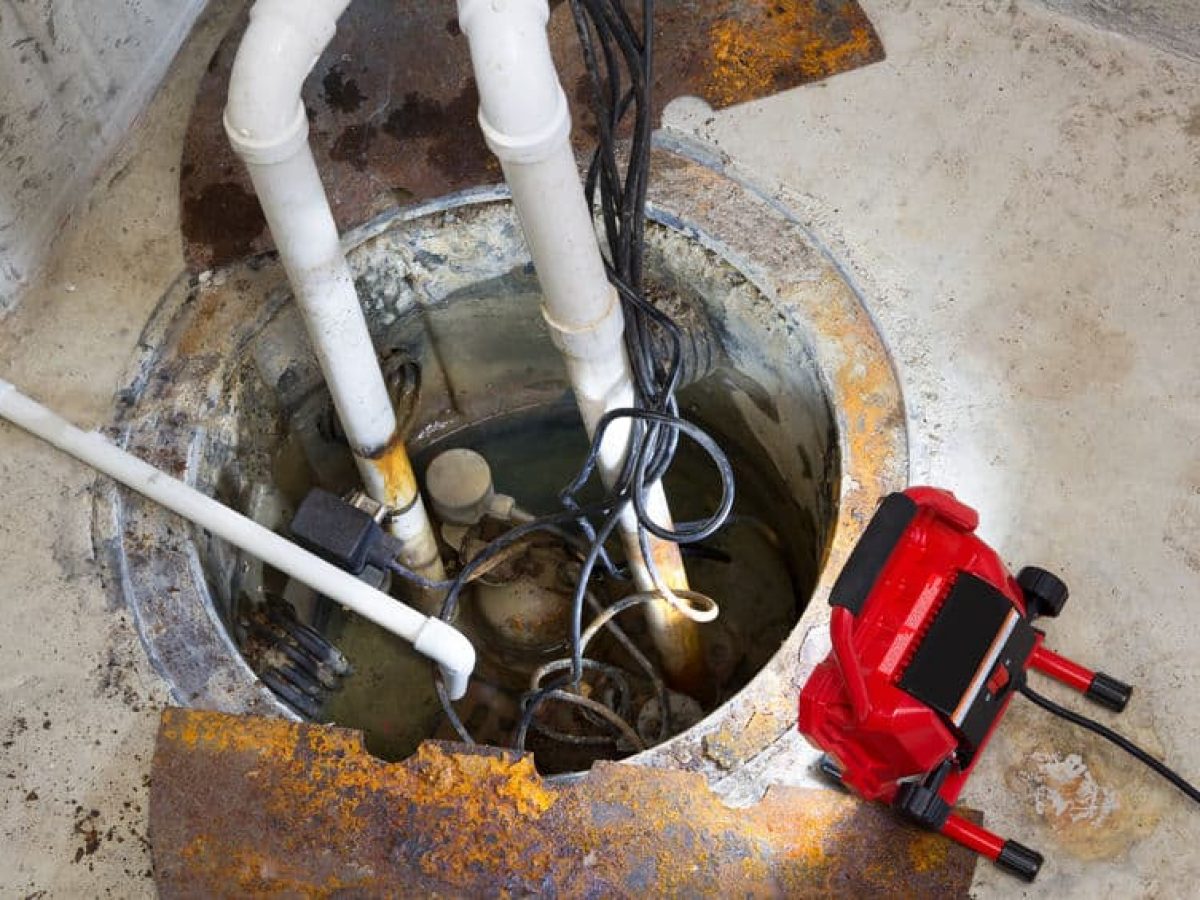Effortless Methods to Maintain a Sump Pump
Effortless Methods to Maintain a Sump Pump
Blog Article
Just how do you feel about Keep Your Sump Pump Clean, It'll Keep You Dry?

Sump pumps are essential parts in numerous homes, especially in areas vulnerable to flooding or excessive moisture. They help protect against water damages by successfully getting rid of excess water from cellars or crawl spaces. Nonetheless, like any other device, sump pumps call for routine maintenance to ensure they operate effectively when required one of the most. Cleaning your sump pump is a crucial part of its upkeep, and recognizing how to do it appropriately can conserve you from costly fixings and possible catastrophes.
Introduction
Preserving a clean sump pump is important for its proper functioning and long life. Overlooking this important job can result in blockages, malfunctions, and inevitably, water damage to your residential property. As a result, discovering exactly how to cleanse a sump pump is important for house owners who count on these devices to maintain their basements completely dry and secured.
Recognizing the Sump Pump
Before diving into the cleaning procedure, it's necessary to have a basic understanding of how a sump pump functions. Generally mounted in a pit or basin listed below the basement floor, a sump pump contains several vital components, consisting of a pump, a float button, and a discharge pipeline. When water builds up in the pit, the float switch turns on the pump, which after that pumps the water out through the discharge pipe, away from the building's foundation.
Signs of a Dirty Sump Pump
Understanding when your sump pump needs cleaning is critical for avoiding prospective malfunctions. Some common indicators that indicate a dirty sump pump include odd sounds throughout operation, minimized water circulation, and noticeable debris in the pit. If you observe any one of these signs, it's vital to clean your sump pump without delay to stay clear of any further concerns.
Preparing for Cleansing
Before you start cleansing your sump pump, it's important to take some security preventative measures. Begin by shutting down the power to the pump to stay clear of any electrical mishaps. Additionally, use suitable safety equipment, such as gloves and goggles, to secure yourself from dirt, debris, and potential microorganisms.
Detailed Guide to Cleansing a Sump Pump
Shutting down the Power
Begin by detaching the power supply to the sump pump to avoid any type of accidents while cleansing.
Getting Rid Of Debris and Dust
Utilize a bucket or an inside story to eliminate any visible particles, dirt, or sediment from the sump pit. Dispose of the particles appropriately to prevent it from obstructing the pump or the discharge pipeline.
Cleaning the Pump and Drift Switch
When the pit is free from particles, thoroughly eliminate the pump from the pit. Inspect the pump and the float switch for any indications of damage or wear. Utilize a soft brush or fabric to clean up the surfaces and get rid of any accumulated gunk.
Flushing the System
After cleansing the pump and float switch, purge the sump pit with tidy water to eliminate any kind of staying dust or debris. This will certainly aid make sure that the pump runs smoothly and effectively.
Checking for Proper Performance
Before reinstalling the pump, perform a fast examination to make certain that the float switch turns on the pump properly. Put some water right into the sump pit and observe the pump's operation. If every little thing is functioning appropriately, you can reassemble the pump and reconnect the power supply.
Maintenance Tips to Keep Your Sump Pump Clean
Along with routine cleansing, there are several upkeep suggestions you can follow to keep your sump pump in optimum condition:
Final thought
Cleansing your sump pump is a crucial element of its upkeep and ensures that it operates effectively when you require it one of the most. By following the steps detailed in this guide and including normal upkeep into your routine, you can prolong the life expectancy of your sump pump and protect your home from water damages.
6 STEPS ON HOW TO CLEAN A SUMP PUMP PROPERLY
UNDERSTANDING SUMP PUMPS
Your sump pump plays a crucial role in protecting your home by managing and removing excess water. It primarily functions as a “shield”, guarding your basement against the damaging effects of water accumulation. The pump is housed in a sump pit in the lowest part of your basement, and its job is to pump out any water that collects there.
During heavy rainfalls or when snow melts rapidly, water can infiltrate your basement, posing potential risks like flooding, structural damage, and harmful mold growth. Here, the sump pump springs into action, pumping out the intruding water and directing it away from your home.
SAFETY FIRST
Before cleaning, remember to prioritize safety. Disconnect the sump pump from the power source to prevent any accidental electric shocks. Also, wear sturdy gloves to protect your hands from any sharp or dirty components within the pump.
REMOVE THE SUMP PUMP
After ensuring your safety, the next step is to remove the sump pump from its pit. Doing this might require careful maneuvering as you don’t want to damage any pump components. Once removed, clean the sump pit to remove any accumulated debris or sludge.
INSPECT THE PUMP
Inspect the pump for any visible signs of wear or damage. Check the power cord, float switch, and impeller housing. If any components look worn out or damaged, consider replacing them to ensure optimal performance.
CLEAN THE PUMP
Thoroughly clean the pump with warm, soapy water. Make sure to rid it of any dirt, gravel, or other debris that might impede its performance. You can use a toothbrush to clean the small, hard-to-reach parts of the pump.
REINSTALL THE SUMP PUMP
Reinstall the pump into the sump pit Make sure it’s positioned correctly to remove the water effectively Once it’s back in place, reconnect it to the power source TEST THE PUMP
Finally, pour some water into the pit to ensure the pump works correctly. It should start automatically and begin pumping out the water; if it doesn’t, check the power source and the positioning of the pump.
Remember, while cleaning your sump pump is an essential part of home maintenance, hiring a professional plumber for a thorough inspection and cleaning at least once a year is also important. This will ensure that your pump is in optimal condition, ready to protect your home from potential water damage.
BEST PRACTICES FOR CLEANING SUMP PUMP DISCHARGE PIPES
Regular Inspection: Regularly inspect your discharge pipes, especially during heavy rainfall or snowmelt periods. Look for any signs of blockage or damage. Early detection of problems can prevent serious issues down the line. Periodic Cleaning: Over time, sediment and debris can accumulate in the discharge pipes, impeding the flow of water. Regular cleaning helps keep the pipes clear and functioning efficiently. You can use a high-pressure water jet to effectively clean the pipes. Insulation During Winter: In colder climates, discharge pipes can freeze, blocking the outflow of water. Protect your discharge pipes from freezing temperatures by insulating them with foam pipe insulation. This will ensure the sump pump can continue to discharge water even in freezing conditions. Proper Positioning: The discharge pipe should be positioned to direct water away from your home’s foundation. Improper positioning can lead to water seeping back into the basement. Ensure the pipe is long enough and angled correctly. Installation of a Check Valve: A check valve prevents water from flowing back into your sump pit after the pump has pushed it out. Installing a check valve helps maintain the efficiency of your sump pump and reduces the risk of flooding. Minimize Pipe Turns: Every curve or turn in the discharge pipe can decrease the efficiency of water flow. By minimizing turns and bends in your discharge pipe, you can increase the efficiency of your sump pump. https://www.fullspeedplumbing.com/how-to-clean-a-sump-pump-properly9999/

As a fervent reader on Keep Your Sump Pump Clean, It'll Keep You Dry, I assumed sharing that information was mandatory. Those who appreciated our blog post plz remember to pass it around. Many thanks for going through it.
Call Today Report this page